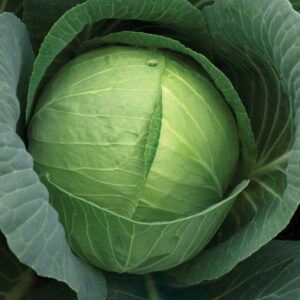
Pre-Transplant Preparation
- Seedling Development:
- Start seeds indoors or in a greenhouse 4-6 weeks before the last frost date.
- Use a well-draining seed starting mix and keep the soil consistently moist.
- Maintain a temperature of about 18-24°C for optimal germination and growth.
- Hardening Off:
- Gradually acclimate seedlings to outdoor conditions over a week before transplanting. This process is called hardening off and reduces transplant shock.
Transplanting Process
- Timing:
- Transplant seedlings when they have 3-4 true leaves, usually about 6 weeks old.
- Choose a cloudy day or late afternoon to transplant, to reduce stress on the plants.
- Soil Preparation:
- Prepare the soil by incorporating compost or well-rotted manure to enhance fertility.
- Ensure the soil pH is between 6.0 and 7.5. Adjust if necessary.
- Spacing:
- Space plants about 45-60 cm apart in rows, with row spacing of 60-90 cm. This allows enough room for growth and air circulation.
- Planting Depth:
- Plant seedlings at the same depth they were growing in the containers.
- Firm the soil around the base to secure the plant and eliminate air pockets.
- Watering:
- Water thoroughly after transplanting to settle the soil around the roots.
- Maintain consistent moisture throughout the growing season, especially during head formation.
Post-Transplant Care
- Mulching:
- Apply a layer of organic mulch around the plants to retain moisture, regulate soil temperature, and suppress weeds.
- Nutrition:
- Cabbage is a heavy feeder. Apply a balanced fertilizer as needed, especially when the heads begin to form.
- Pest and Disease Management:
- Regularly inspect for common pests like aphids and caterpillars.
- Implement appropriate organic or chemical controls as necessary.
- Support:
- Drumhead cabbages can become top-heavy. Support plants if they show signs of tipping over.
Monitoring Growth
- Check regularly for signs of growth and health. Look for firm, well-formed heads, and vibrant foliage.
Harvesting
- Harvest when the heads are firm and have reached the desired size, usually about 80-100 days after transplanting.
Remember, these are general guidelines, and local environmental conditions can significantly influence the exact requirements and care. It’s advisable to adjust practices based on your specific climate, soil type, and local agricultural recommendations.





Reviews
There are no reviews yet.